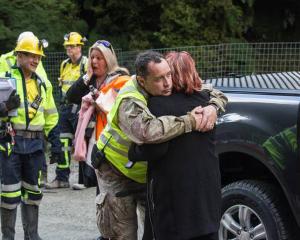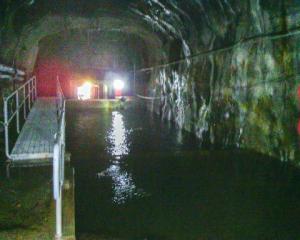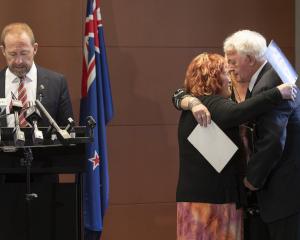
University of Arizona Department of Mining and Geological Engineering Associate Prof Sean Dessureault yesterday said most robots used in mine rescues were not specifically designed for the job, which they seldom carried out effectively.
The technology existed to build robots specifically for coal-mine rescues, but despite the many lives lost in mining disasters this decade, there was insufficient political will to do it, Dr Dessureault told the Otago Daily Times.
He said there was significant money in coal mining, but there might not be enough in any one company to invest in robot rescue technology.
Governments from the big producing nations - Australia, United States, Canada, South Africa, China and Sweden - had to co-ordinate their resources to ''ensure there is a robot that is capable of operating where it is needed most.''
He was ''surprised'' New Zealand rescuers, previously worried about a changeable environment of potentially combustible gases, sent an electric-powered robot into the Pike River mine.
The New Zealand Army robot yesterday broke down 550m into the mine, long before it could check where an underground loader was thought to be blocking the access way.
It was replaced with another robot flown from Wellington yesterday afternoon.
Dr Dessureault could understand why searchers would take ''a long shot'' with the Northup-Grumman bomb disposal robot but said he was unsure how useful it would be in challenging conditions.
Its cameras would have struggled in the dark, dusty and sooty environment, and its limited movement and manoeuverability would have been hindered by rubble.
''I don't want to sound insensitive, but these sort of robots have been used before and they were not found to be particularly effective,'' Dr Dessureault said.
''It was surprising they sent it down there. There is always the possibility that sending any kind of electrical componentry could initiate an explosion if there is a mix of gases and suspended coal dust.
''So it was surprising, but I have to trust that they had very good data to suggest there was no danger.''
Defence Minister Wayne Mapp told NZPA the bomb disposal robots were not designed for work in underground mines and that the failed robot was hit by a deluge of water.
It was carrying an additional two batteries, gas detection equipment and four cameras.
Further adaptations would need to be made before the second robot went into the mine, Dr Mapp said.
Superintendent Gary Knowles confirmed police were negotiating to get ''intrinsically safe'' robots from Australia and the United States.











